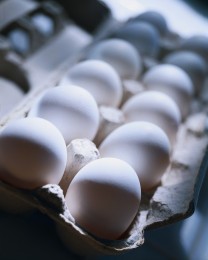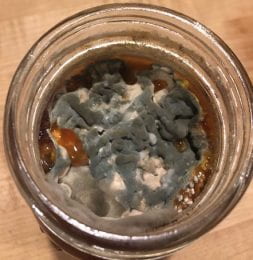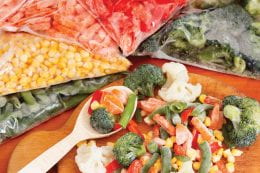
Storing eggs safely is important for quality and safety. Some older methods of storing eggs are not recommended today due to advancements and knowledge of egg safety. One method that has recently surfaced is storing eggs in lime water which is not recommended.
When this method was popular in the early 1900’s, they thought that eggs were sterile inside and all bacteria came through the shell after the eggs were laid. But research shows that Salmonella enteritidis can contaminate the eggs as they are being formed inside the reproductive organ of the hen and there is no way a person can know it is there or not.
Since the method requires using unwashed eggs, they will likely come from smaller flocks. A study from Penn State University determined that small, home flocks have a much higher incidence of Salmonella than large commercial operations.
Another concern is about using lime water and the fact that it could seep through the egg shell. The risk of storing eggs for long periods of time include loss of nutrients, several oxidative reactions, changes in protein functionality, and a strong bitter taste from the lime.
A study from USDA Agricultural Research Service compares how eggs are stored in Europe and how eggs are stored in the U.S. Results showed that refrigeration is best for safety and quality.
Learn more about safe egg storage in this USDA publication, Shell Eggs from Farm to Table.





